Microcontrolador PIC16F84. Desarrollo de proyectos. 3ª edición (Palacios Municio, Enrique / Remiro Dominguez, Fernando / Lopez Perez, Lucas José)
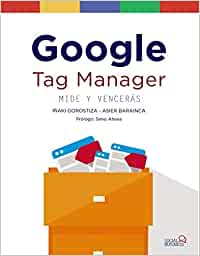
Electrónica Básica (Arboledas Brihuega, David)
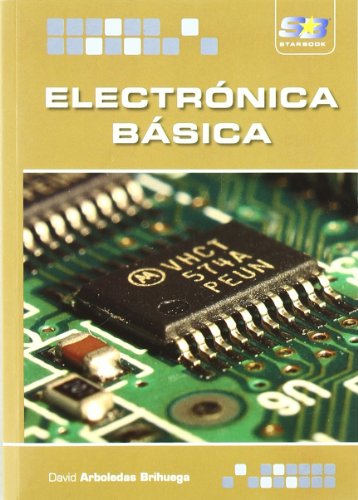
TEORÍA DE SISTEMAS (Jiménez Avello, Agustín / Matía Espada, Fernando / Aracil Santonja, Rafael / Pinto Bermúdez, Enrique)
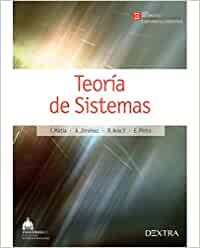
Guía para la prevención de la legionelosis (Sabriá Leal, Miquel)
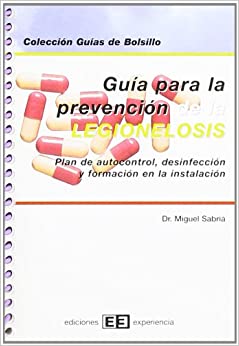
Introduction to Logic Synthesis Using Verilog Hdl (Robert Reese/Mitchell Thornton)
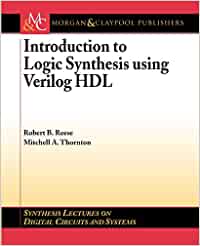
Instrumentación electrónica (ALVAREZ ANTON, JUAN CARLOS / CAMPO RODRIGUEZ, JUAN CARLOS / FERRERO MARTIN, FRANCISCO JAVIER / GRILLO ORTEGA, GUSTAVO JACINTO / PEREZ GARCIA, MIGUEL ANGEL)
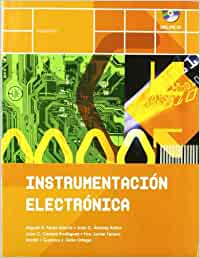
Electromagnetic Waves (Heaviside, Oliver)
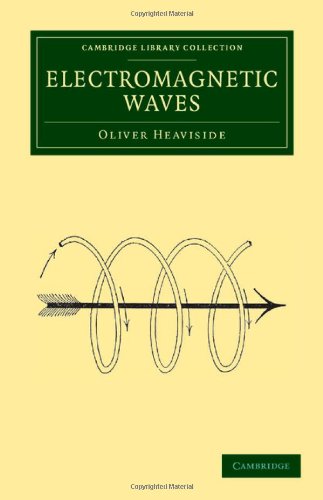
100 Proyectos de Robótica con Bitbloq y Arduino (Martínez de Carvajal Hedrich, Ernesto)
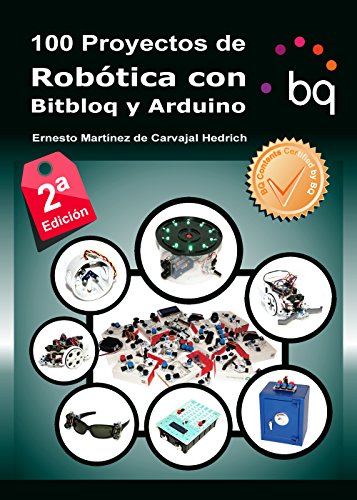
Mantenimiento electromecánico de motores eléctricos (GÓMEZ SUÁREZ, IVÁN)
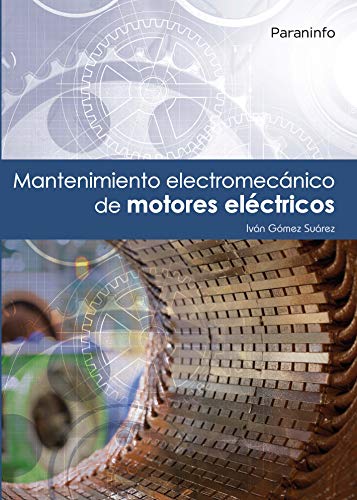
Sistemas integrados y hogar digital (RUIZ BUITRÓN, CARLOS ENRIQUE)
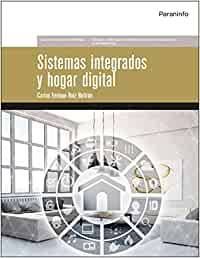
Análisis y diseño electrónico basados en el Amplificador Operacional (González de la Rosa, Juan José)
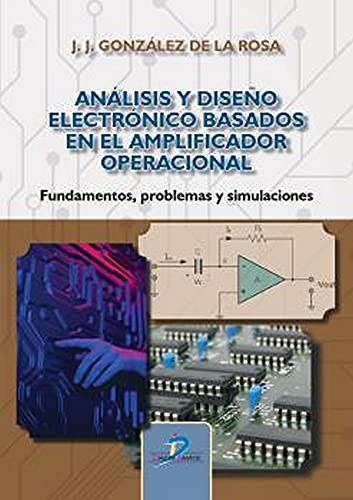
Circuitos eléctricos en régimen transitorio. Volumen I (Bachiller Soler, Alfonso / Cano González, Ramón)
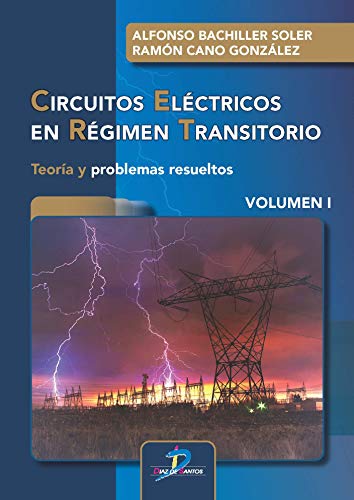
THE FUTURE OF EMAIL
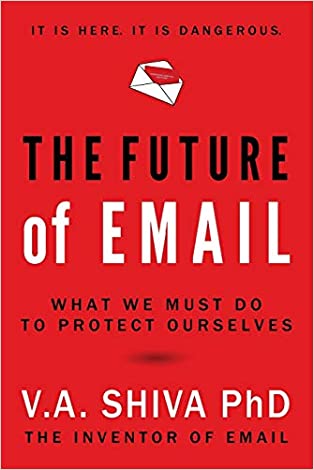 Email, the system I invented in 1978, while a 14-year-old boy, to enable collaboration and communication among office workers at a small medical college in Newark, NJ, has now become the center of many controversies. For their 125th Anniversary issue, The Wall Street Journal commissioned me as email's inventor to write a brief essay entitled The Future of Email. That article shared what email really is and where email is heading. More recently, The New York Times interviewed me to comment on Hillary Clinton's use of personal email server to manage classified U.S. government communications. In that article, I shared that the use of a personal email server was extraordinary, wrong and clearly a well-planned strategy by Ms. Clinton to deny the American public's rightful access to communications that were government property. This book is a much-needed expansion of those thoughts and comments to provide you important insights to where email is going and why you as citizens must take action to protect this important medium, which has been subverted by vested interests. I believe with all sincerity and without hyperbole you should listen to what I'm going to share, as I am not only the world's leading expert on this subject but also have a historical and political perspective that will enable you to realize that if we do not act, our freedom, which has already been compromised, will suffer even more greatly, in a future where Have's and Have Not's will be defined by the level of security they have to their email communications.
Email, the system I invented in 1978, while a 14-year-old boy, to enable collaboration and communication among office workers at a small medical college in Newark, NJ, has now become the center of many controversies. For their 125th Anniversary issue, The Wall Street Journal commissioned me as email's inventor to write a brief essay entitled The Future of Email. That article shared what email really is and where email is heading. More recently, The New York Times interviewed me to comment on Hillary Clinton's use of personal email server to manage classified U.S. government communications. In that article, I shared that the use of a personal email server was extraordinary, wrong and clearly a well-planned strategy by Ms. Clinton to deny the American public's rightful access to communications that were government property. This book is a much-needed expansion of those thoughts and comments to provide you important insights to where email is going and why you as citizens must take action to protect this important medium, which has been subverted by vested interests. I believe with all sincerity and without hyperbole you should listen to what I'm going to share, as I am not only the world's leading expert on this subject but also have a historical and political perspective that will enable you to realize that if we do not act, our freedom, which has already been compromised, will suffer even more greatly, in a future where Have's and Have Not's will be defined by the level of security they have to their email communications.INSTALACIÓN Y PUESTA EN MARCHA DE SISTEMAS DOMÓTICOS E INMÓTICOS. ELEM0111 – MONTAJE Y MANTENIMIENTO DE SISTEMAS DOMÓTICOS E INMÓTICOS
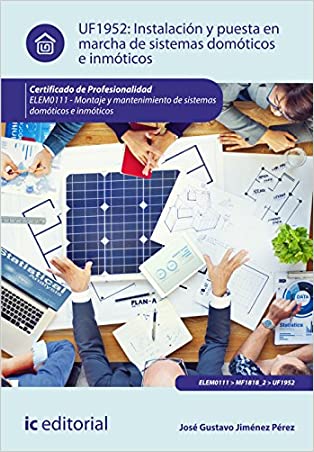
GUÍA DE INSTALACIÓN EN LOCALES DE CARACTERÍSTICAS ESPECIALES
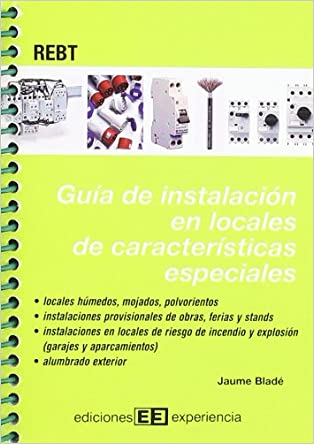 El presente libro hace una descripción de un grupo de instalaciones que requieren una mención especial y son las siguientes: Locales húmedos y mojados. Locales provisionales de obras. Locales ferias y stands. Locales con riesgo de incendio y explosión. Alumbrado exterior. Se han resumido los puntos más significativos de los mismos, estructurando la exposición según su: Campo de aplicación. Trámites administrativos. Canalizaciones eléctricas, cables y tubos. Aparamenta eléctrica. Protecciones contra contactos indirectos. Protecciones contra sobreintensidades. Y puestas a tierra.
El presente libro hace una descripción de un grupo de instalaciones que requieren una mención especial y son las siguientes: Locales húmedos y mojados. Locales provisionales de obras. Locales ferias y stands. Locales con riesgo de incendio y explosión. Alumbrado exterior. Se han resumido los puntos más significativos de los mismos, estructurando la exposición según su: Campo de aplicación. Trámites administrativos. Canalizaciones eléctricas, cables y tubos. Aparamenta eléctrica. Protecciones contra contactos indirectos. Protecciones contra sobreintensidades. Y puestas a tierra.